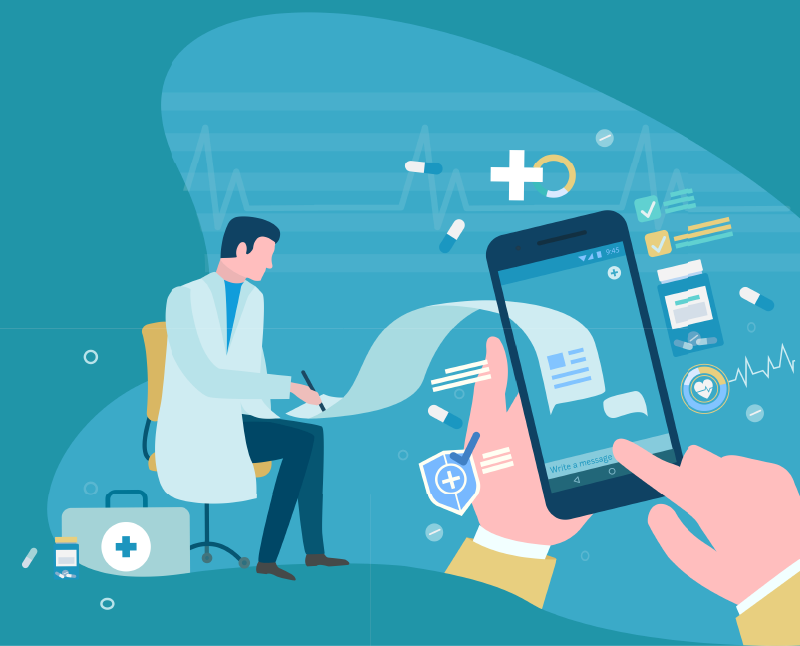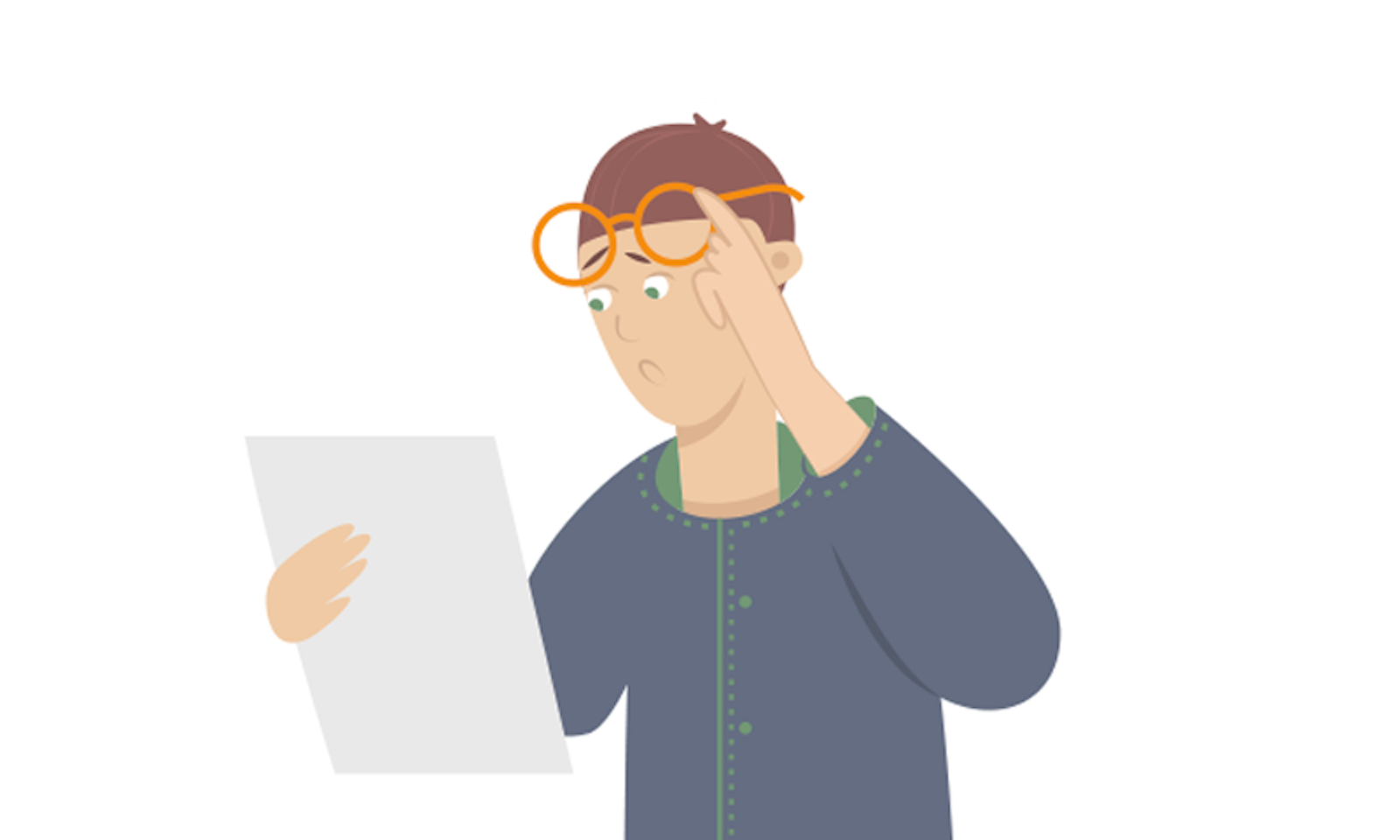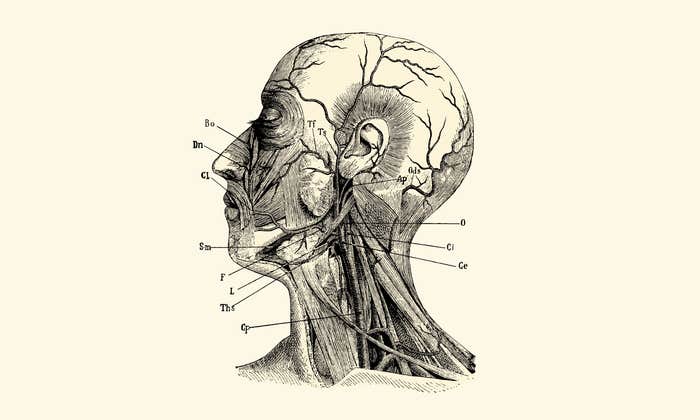I’m a pediatrician and recently saw a patient whose parent very much wanted a certain test, even after I tried to explain why the test wasn’t helpful or necessary. She wasn’t persuaded, and rather than look obstinate or finicky, I ordered it.
In my summary notes from the visit, I wrote, “parent insists test be ordered.” I paused and asked myself how the parent might feel if she read that, and whether it reflected her feeling at that moment. I rewrote it as “parent is very concerned about the diagnosis and therefore requests the test even after I informed her of its lack of benefit.”
Ever since the 2021 institution of the 21st Century Cures Act, which contains a provision requiring patients to have ready access to doctors’ notes, I’ve been thinking a lot about “open notes,” as they’re known. The rule in the Cures Act allows you to easily call up the notes on your phone or computer.
An advocacy group, Open Notes, instrumental in the passage of the act, concludes that patients who read the notes “feel more in control of their care, take better care of themselves,” and have “stronger relationships with their doctors.” When you read the notes after an appointment, however, I bet you’ve haven’t always felt better.
Reading them is a fraught process. The notes might trigger uncertainty, even fear. I might write the cause of your child’s headache is due to the flu, but other possible though less likely diagnoses include meningitis. Because you can’t always get in touch with me right away for clarification, you are left alone with your anxiety. My notes can overwhelm you with jargon, causing you to go Googling for a clear translation. You might think I lack empathy with my dispassionate descriptions.
But before you write us off as insensitive or bad writers, let me tell you that open notes are challenging for doctors, too. Maybe explaining why will indeed improve your health, relationship with your doctor, and my profession.

First of all, we write a lot. Every patient we see in our exam room, every phone conversation we have with one from our desk, and every video visit from our webcam comes with our tradition and, now, obligation to write something in a patient’s chart as a record of what transpired. We simply don’t have the time to craft every sentence like Hemingway.
I know that good writing results from the writer having a clear picture of his reader. That image helps a writer have purpose and direction. A writer knows who he is talking to, what he wants to say, and how to say it. Doctors, though, have many audiences to satisfy, and so our notes, by trying to please everyone, can please no one.
Our first audience is other physicians. We write notes to remember what we heard and observed in our consultations with patients. It includes pieces like the concern that brought you in, what you told us about it, your vital signs, and what we found or did not find on your exam.
A good note makes our thinking clear as to the possible causes—what doctors call a differential diagnosis—of a patient’s ailments; why we may exclude some diagnoses; what we are doing next—a test, a prescription, a referral to a specialist—that helps to better understand or address the problem. This piece, known as the “assessment and plan,” also helps to keep communication flowing among different doctors who see a single patient over time.
But there are other audiences which muddle the clarity and conciseness of a clinical note.
First, there are the insurers, to whom we must justify our work to be paid. Doctors must play a game of including some very specific elements of documentation, so our services are clear. A common example includes a phrase that goes something like, “Spent 30 minutes with the patient discussing treatment, risks, benefits, and care options.” If you see that, know it’s jargon to provide your insurer with a sense of the complexity of our consultation. Regulators may also review notes, looking for specific content to demonstrate we are playing by the rules. The audience we dread the most, and are never out of our minds, are attorneys who may be hired if something bad happens to a patient we cared for. Because of this possibility, we often find ourselves adding many pieces of extraneous information as a preemptive legal defense.
All these masters lead to what is known as “note bloat.” This phenomenon got even worse when we transitioned from paper notes to electronic ones. The various shortcuts and commands in electronic records makes it all too easy to buff up our notes. Last year, researchers looking at note bloat published a study in which they analyzed the length of 3 million clinical notes between 2009 and 2018. This was the period during which most doctors, hospitals, and health systems adopted electronic medical records. They found that median note length increased by 60 percent.
In addition, the researchers looked at note redundancy, which they defined as one note containing the same, exact information about a patient as the note before it. Repetition is easy because of our ability to copy and paste, easily pull in past information from a patient’s record, and use various kinds of templates in our notes that drag information from one note to the next. The study showed that median note redundancy increased 10.9 percentage points from 47.9 percent to 58.8 percent. Bloated notes have had the effect of “potentially limiting their use in patient care,” concluded the authors.
We have to embrace one crucial principle: Words matter.
When I read notes by my colleagues, trying to be thorough for all these audiences, I feel like I’m standing in the middle of a dense jungle with a dull machete, frustrated because it takes time and effort to cut through the bloat and redundancy for what I need to really know to do my part.
I can imagine how you feel, trying to separate the signal from the noise. In fact, following the passage of the 21st Century Cures Act, I’m literally prompted to imagine how you feel. Whenever I write a digital note, a little icon in my electronic medical records system pops up to remind me that what I write is visible to you. That cracks open what may be the most complex issue about open notes. Does serving these masters—colleagues, insurers, lawyers—affect what I write for you?
I can only speak for myself, no other doctors. But I admit that at least at this point, I’m not entirely focused on writing for you. Part of this is a habit, and part of it is my own view that my most important job is to communicate my thinking in a way that I and my colleagues can readily understand if, in the future, you land in their exam room. I prefer to be concise and, if necessary, direct the reader to other tabs in the electronic record for any supporting information that affected my clinical decision.
How our notes are affecting you is an active debate in the industry. Some scholars have argued they may do harm by creating a “nocebo effect.” The nocebo effect is often described as the evil twin of the placebo effect—when what a physician says, writes, or does gives a patient the feeling of benefit, whether that benefit is proven or not. Nocebo, in contrast, is one in which something a physician does, says, or writes, creates and reinforces negative outcomes. Recent studies have quantified that up to two-thirds of side effects from the COVID-19 vaccines were attributable to what recipients were told about those effects before receiving it. Others have shown that men being treated for high blood pressure with medicines called beta-blockers were more likely to experience the side effect of erectile dysfunction if they were told about it compared to those who were not.
One scholar has identified another harmful impact of open notes: the use of language to describe patients that implies bias or negatively stigmatizes them. Examples of such language abound in our notes. Some are descriptors of our patients: “patient appears disheveled.” Others may describe how committed they seem to their plan of care: “patient is non-compliant or non-cooperative in taking her medications.” Still others may describe the patient’s answers to questions: “patient denies use of any alcohol, tobacco, or drug use.” Studies have shown that doctors have used stigmatizing language to define patients who were diabetic, had substance-use issues, or suffered from chronic pain. Black patients are 2.5 times more likely than white patients to be described with negative, stigmatizing language.
Tossed-off, stigmatizing language has long been part of our shorthand, meant for an audience of us, doctors and other health professionals. When we face it toward you, it’s easy to understand why you would take it personally, why our notes increase anxiety and erode your confidence and trust in us and in healthcare.
What’s to be done to make the open notes more valuable for you and us? Doctors need to continue to adjust to the new reality. To do that as best we can, we are going to have to embrace one crucial principle: Words matter. We are going to have to come to terms with bloat, ruthlessly prioritizing what we write. Our notes will have to be plainer, with less shorthand. They are going to have to be more neutral, and respectful, even empathetic, toward our patients. Knowing patients are reading our notes can only help us reflect on and overcome our own implicit biases.
Some of us have started to change how we write our notes by not burying the lede. Traditionally, we put our crucial assessment and plan at the end of the note. More of us are putting it right at the top with supporting information (your history, vitals, exam, and test results) below it. If we as doctors can focus on making this portion of our note easy to find and understand, we can go a long way toward improving the notes for you.
You can help us out. Tell us what you do or don’t like about the notes, how we might improve them. Like any piece of writing, our notes only get better if you read them and give us feedback. But I do humbly ask that you read the notes with the calmest version of yourself. Our words are not meant to worry, upset, or anger you. It’s to make sure we use our words to give you the safest and best care we can. ![]()
Rahul Parikh is a physician and writer in the San Francisco Bay Area.
Lead image: Rulikster / Shutterstock


























